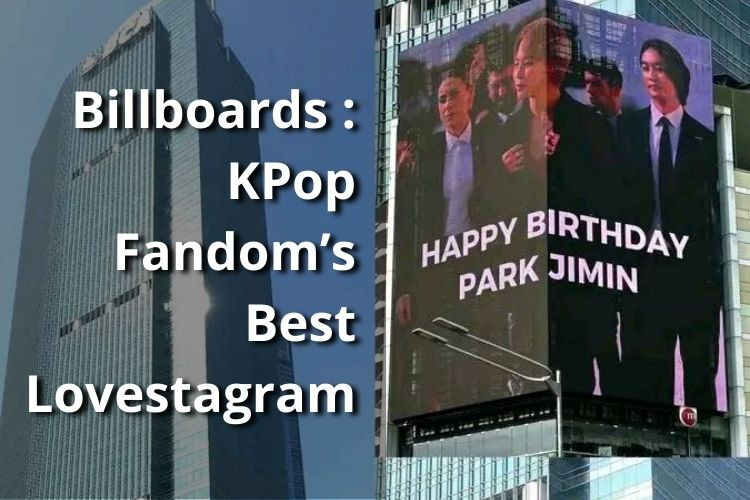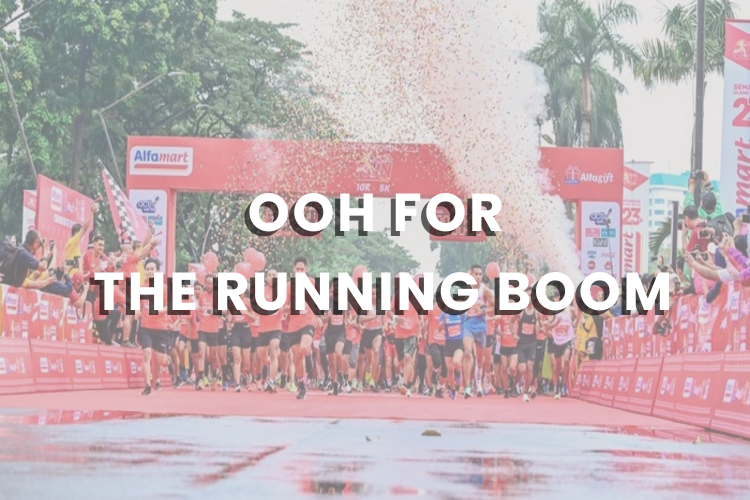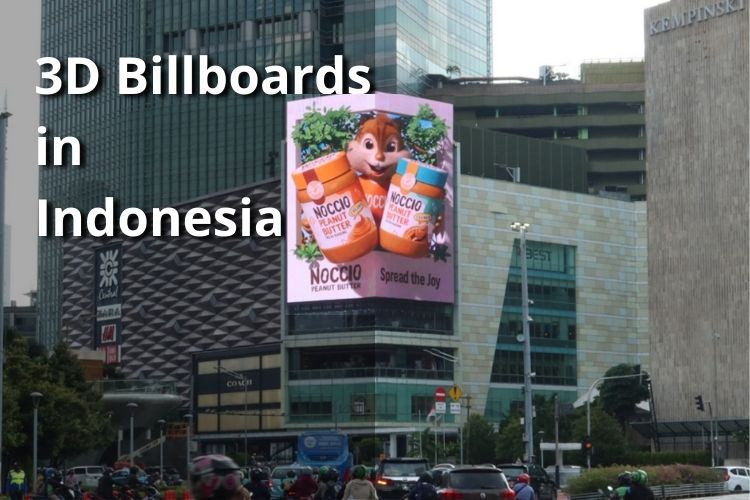From Baliho to Big Screens: The Evolution of OOH Advertising in Indonesia
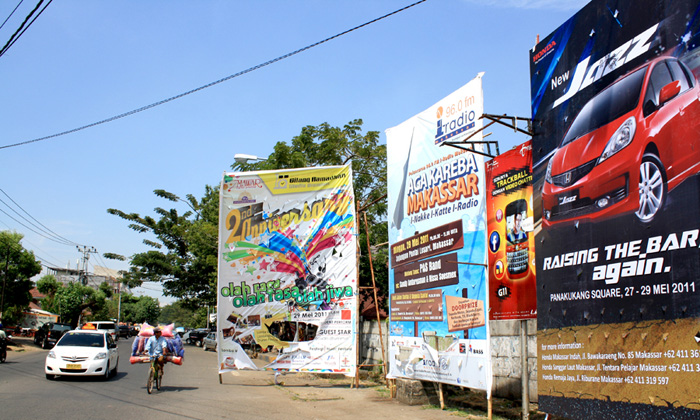
Out-of-Home (OOH) advertising in Indonesia has undergone a remarkable transformation. From the early days of static baliho that towered over congested streets to the era of massive digital screens lighting up urban skylines, OOH advertising continues to evolve and prove its relevance in a digitally dominated world.
In a country as dynamic and diverse as Indonesia, where over 270 million people interact daily with the physical world around them, OOH offers a uniquely powerful way for brands to stay visible. For small and medium enterprises (SMEs) in particular, this medium presents an incredible opportunity to reach audiences at scale—without the complexity or high cost associated with some digital channels.
Various types of OOH Media and which one is the best for you to reach your audience, among the 270 million people? Consult with us now!
A Brief Look Back: The Rise of Baliho
The story of OOH advertising in Indonesia begins with the iconic baliho—large printed billboards placed in high-traffic areas, particularly in metropolitan cities such as Jakarta, Surabaya, Bandung, and Medan. These static banners, while simple, were impactful and relatively affordable, allowing even local businesses to gain exposure. Traditional static billboard, or what the locals call "Baliho," is made from typically non-biodegradable plastics or synthetic materials. Baliho constructed with wooden frames and thinner print materials, often has multiple perforations. These holes are intentionally made to reduce wind resistance, helping the Baliho remain stable and stand longer, especially in outdoor environments prone to strong gusts.
This traditional OOH format played a critical role in shaping consumer awareness in the pre-digital era. Their reach was tangible, and their constant visibility made them a top choice for FMCG brands, political campaigns, and emerging local businesses.
However, as consumer attention began shifting with the rise of smartphones and social media, advertisers needed more engaging and real-time ways to connect.
Enter the Digital Age: Big Screens and Smart Locations
Today, Indonesia’s OOH scene is a mix of traditional formats and cutting-edge digital installations. Digital Out-of-Home (DOOH) displays now light up malls, transit hubs, airports, and city centers with animated visuals, real-time data integration, and even interactive features.
Thanks to advances in screen technology and location-based data analytics, DOOH offers:
1. Dynamic content that changes based on time of day, audience demographics, or weather.
2. Higher engagement through motion graphics and video storytelling.
3. Data-driven insights on viewer impressions, frequency, and campaign performance.
4. Quick turnaround for creative updates—ideal for promos and flash campaigns.
This evolution doesn’t mean traditional baliho has disappeared. On the contrary, static OOH formats remain relevant—especially in tier 2 and 3 cities where digital infrastructure is still developing. A hybrid approach using both static and digital formats can maximize reach across Indonesia’s diverse regions. Not to mention, traditional static billboard like baliho is also still used by the locals for introducing their small businesses and for political use; to introduce themselves to their voters. It is still massively used, especially for political campaigns, since baliho is a lot cheaper than static billboards, and it can be placed everywhere, even in villages.
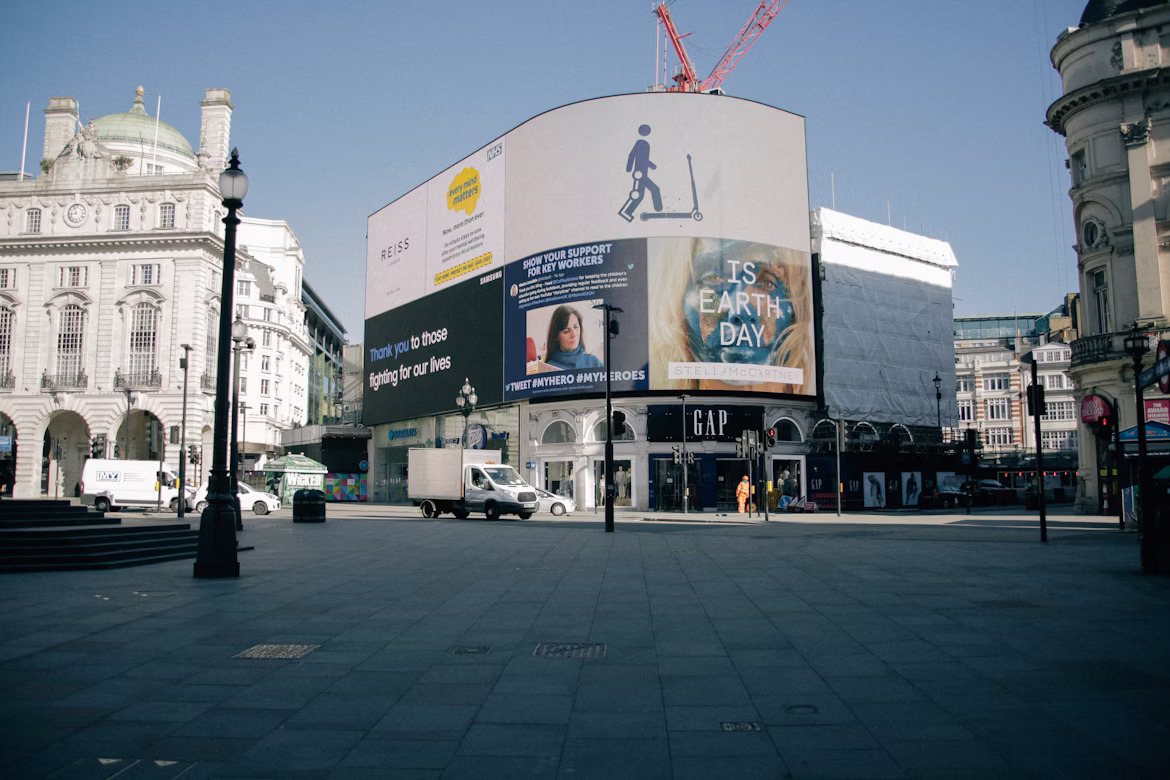
Why Indonesia Is a Goldmine for SME Advertising
Indonesia offers several strategic advantages for SME brands looking to invest in OOH advertising:
1. Massive Consumer Base
With an over 190 million-strong working-age population and increasing urbanization, Indonesia’s streets, transit systems, and public areas are filled with potential consumers daily. OOH allows SMEs to tap into this mobile, high-footfall environment cost-effectively.
2. Strong Urban Foot Traffic
In megacities like Jakarta, where traffic congestion is notorious, people are exposed to billboards, screens, and transit ads for hours each day. This leads to repeated brand exposure—a key ingredient in building recall and trust for emerging businesses.
3. Affordability and Flexibility
Compared to some digital platforms where CPC and CPM costs are rising, OOH campaigns can be planned according to location, duration, and format—allowing SMEs to customize according to budget without compromising on visibility.
4. Builds Credibility Instantly
Visibility in public spaces lends a sense of legitimacy and professionalism to SME brands. Whether it’s a digital ad in a Jakarta mall or a baliho in a second-tier city, consumers often perceive outdoor ads as “established brand” signals.
5. Complements Digital Marketing
OOH doesn’t compete with digital marketing—it complements it. QR codes, hashtags, or brand messages displayed on physical ads can drive traffic to digital channels, creating a seamless offline-to-online funnel. For SMEs trying to grow both physical and digital presence, this synergy is crucial.
Whether you're a local SME or a regional brand looking to expand, navigating the OOH landscape in Indonesia can be complex—from selecting the right formats to ensuring optimal placements and negotiating with media owners. That’s where Firstboard.com steps in.
Firstboard is a centralized platform that connects advertisers with a wide range of OOH inventory across Indonesia. With a curated list of media owners, transparent pricing, campaign planning support, and performance tracking, Firstboard simplifies the entire OOH buying process—especially for SMEs with limited resources.
From choosing a single baliho in Yogyakarta to running a multi-city digital screen campaign across Jakarta, Firstboard empowers brands to scale visibility effortlessly.
The Future Is Bold and Bright
OOH advertising in Indonesia is no longer just about size—it’s about strategy, storytelling, and smart targeting. As the infrastructure for digital screens continues to grow and as data integration becomes more sophisticated, OOH will only get more impactful.
For SME brands, this is a golden window of opportunity. By establishing early visibility through OOH, brands can build trust, recognition, and momentum—without being drowned out in the oversaturated digital space.
From the west to the east, covering the demography of Indonesia thoroughly for the best analyst for your brand campaign
Ready to take your brand from the sidelines to the skyline? Contact us and start your OOH journey today!
Pictures Credit: Wallpaperflare, Creo House, Unsplash

